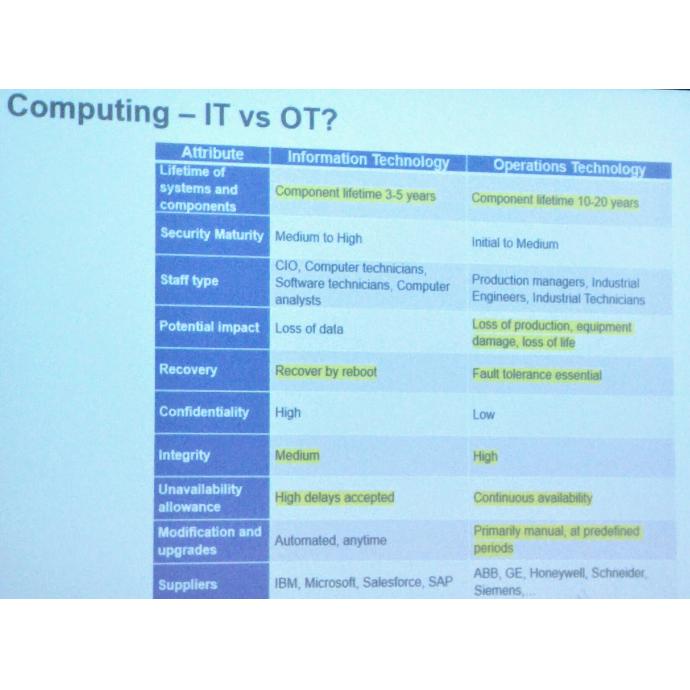Adopting Blockchain technology in NIMBLE (part 2)
In this post we focus on Tracking and Tracing based on a blockchain infrastructure, inspired by a part of a […]
In this post we focus on Tracking and Tracing based on a blockchain infrastructure, inspired by a part of a […]
On 17 October 2018, EFFRA (European Factories of the Future Research Association), ECSO (European Cyber Security Organisation) and the European […]
The furniture sector is characterised by its high percentage of SMEs and one of the limiting factors of SMEs is their weakness in moving from being local or national supplier to becoming an export company. The many different rules and regulations in different countries make it too hard to work out new supply chains and logistics for export. The ongoing financial and economic crisis still leads to many closures and these add to logistics and supply chain problems of otherwise healthy firms.
When it comes to exports, a manufacturer like Micuna, s.l. has to manage different manufacturing processes for essentially the same product, because country-specific regulations demand different production steps, different use of materials and subsequently, different logistics chains.
The furniture industry will benefit from the results of NIMBLE because it provides a collaboration environment for smartly managing supply chain issues as they arise in the daily business.
The Micuna use case offers smart adaptation of supply networks according to product variants, addresses the case of IoT-enabled products and includes opportunities for an improved circular economy.
Lindbäcks Bygg AB is Sweden’s leader in industrialised construction of apartment buildings. Lindbäcks’ operates a production line that processes wooden raw materials into building modules. Each module represents one or more rooms and is fully prepared for on-site assembly, i.e. windows, doors, and interior are pre-installed in the factory. Trucks transport the modules to the location of the building for final assembly.
In order to satisfy the increasing demand for apartments in Sweden, Lindbäcks decided to extend its production capacity by building a new factory nearby the existing one. The new factory will have three times the capacity of the current one. Lindbäcks’ production output will almost quadruple and so will the need for a closer collaboration with suppliers. This includes the sharing of product, production and logistics data.
We expect that the NIMBLE platform will support:
A major benefit will be the simplification of the data handling. Currently, manual tasks dominate this process. They do not scale up well with the quadrupling of the production output and the intensified supplier collaboration. The Lindbäcks use case offers monitoring of product quality during production and transport, in a multi-sided value network.
In Whirlpool Europe srl’s use case, the flow of information from customer and field service back to the internal organisations is considered poor, leading to the following communication problems:
Whirlpool’s use case focuses on field technicians carrying out maintenance services on white goods. The services are provided by third-party SMEs. The use case exemplifies the complex relationship between larger and smaller companies collaborating on a multi-sided platform. The NIMBLE platform will improve the flow of knowledge in both directions of the value chain, leading to faster innovation.
On a global scale, the EU27 are the the world’s 2nd largest exporter of clothing (25.9%) after China with 38%. In the highest value segment of the market, 7 of the 10 major textile and clothing industry groups are from EU countries, e.g. Louis Vuitton (FR), Hermès (FR), Prada (IT), Gucci (IT), Hugo Boss (DE), Armani (IT), Benetton (IT). The textile and clothing industry in the EU27 has a turnover of 179 billion Euro, 146.000 companies, of these 90% are SMEs, and 1,8 million workers (EURTX14).
If EU SMEs can maintain their advantages, textile and clothing will remain one of the most promising EU manufacturing sectors, and even achieve a high rate of re-shoring of production back to the EU.
The close relationship between fabric designers and clothing stylists aiming for more customized and/or exclusive fabrics already requires a high level of skills of the operators involved. In the future, the adoption of virtual prototyping tools will increase this tight collaboration. It will lead towards a fully virtual clothing design, greatly increasing the speed of the design and production process. Since fabrics are a semi-finished product, improvements are mostly focused on the surface properties like soil release, antibacterial and UV protection recently developed for example by Nanomaterial adoption and plasma finishing.
To maintain their current lead, EU textile manufacturers must abandon the traditional organization model, where each company of the value chain (weaving, spinning, finishing) works on a pure supplying model. In the present, fast evolving textile and clothing market, actions to answer unpredictable demand must be taken very quickly and require a high level of diffused collaboration. This is only possible with data sharing, standardization, trust, and privacy and confidentiality preservation.
The Piacenza use case offers monitoring of production via mobile devices and the collaboration between supply chain partners during design and development of high-end fabrics for the textile markets.


